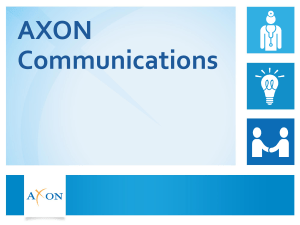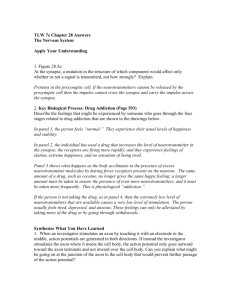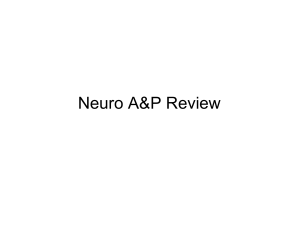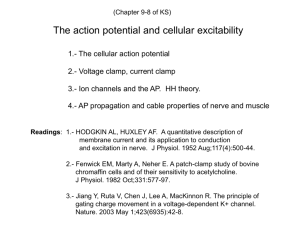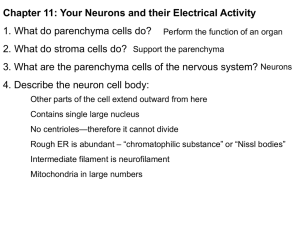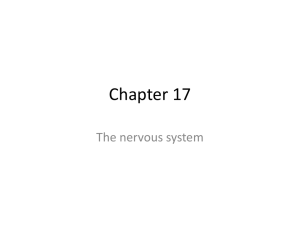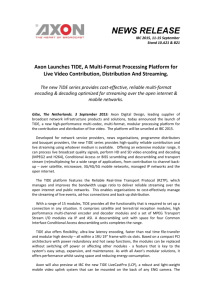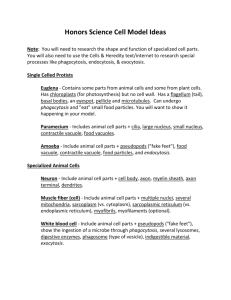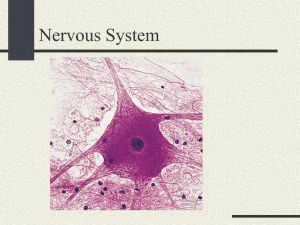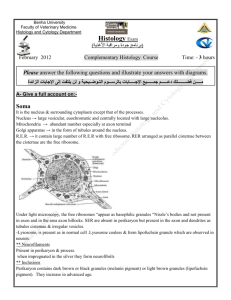Supplemental Figure Legends Fig. S1. Quantification and
advertisement
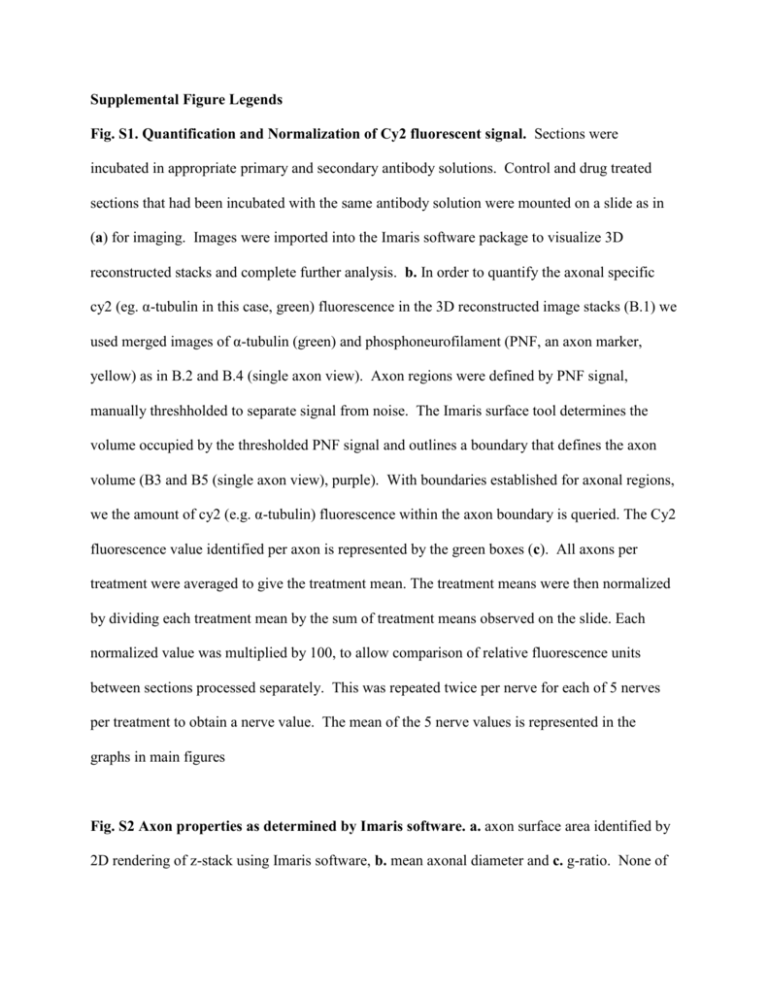
Supplemental Figure Legends Fig. S1. Quantification and Normalization of Cy2 fluorescent signal. Sections were incubated in appropriate primary and secondary antibody solutions. Control and drug treated sections that had been incubated with the same antibody solution were mounted on a slide as in (a) for imaging. Images were imported into the Imaris software package to visualize 3D reconstructed stacks and complete further analysis. b. In order to quantify the axonal specific cy2 (eg. α-tubulin in this case, green) fluorescence in the 3D reconstructed image stacks (B.1) we used merged images of α-tubulin (green) and phosphoneurofilament (PNF, an axon marker, yellow) as in B.2 and B.4 (single axon view). Axon regions were defined by PNF signal, manually threshholded to separate signal from noise. The Imaris surface tool determines the volume occupied by the thresholded PNF signal and outlines a boundary that defines the axon volume (B3 and B5 (single axon view), purple). With boundaries established for axonal regions, we the amount of cy2 (e.g. α-tubulin) fluorescence within the axon boundary is queried. The Cy2 fluorescence value identified per axon is represented by the green boxes (c). All axons per treatment were averaged to give the treatment mean. The treatment means were then normalized by dividing each treatment mean by the sum of treatment means observed on the slide. Each normalized value was multiplied by 100, to allow comparison of relative fluorescence units between sections processed separately. This was repeated twice per nerve for each of 5 nerves per treatment to obtain a nerve value. The mean of the 5 nerve values is represented in the graphs in main figures Fig. S2 Axon properties as determined by Imaris software. a. axon surface area identified by 2D rendering of z-stack using Imaris software, b. mean axonal diameter and c. g-ratio. None of these three parameters are significantly different in axons from drug-treated mice as compared to their vehicle treated controls. d. diagram defining G-ratio as the axon diameter (x) divided by the myelin outer diameter (y) Fig. S3 Heatmaps illustrating α-tubulin, acetylated tubulin, or EB1 signal intensity within the axon region defined by anti-phosphoneurofilament (PNF) signal. Each object represents a single axon and the color represents the intensity of the indicated antibody signal within that axon. Cool colors represent relatively low intensities and warm colors represent relatively high intensities. The relative size of the axon does not appear to correlate with the relative intensity of tubulin signals or EB1 signal, thus we infer intensity is not size-dependent. Scale bars 20μm
